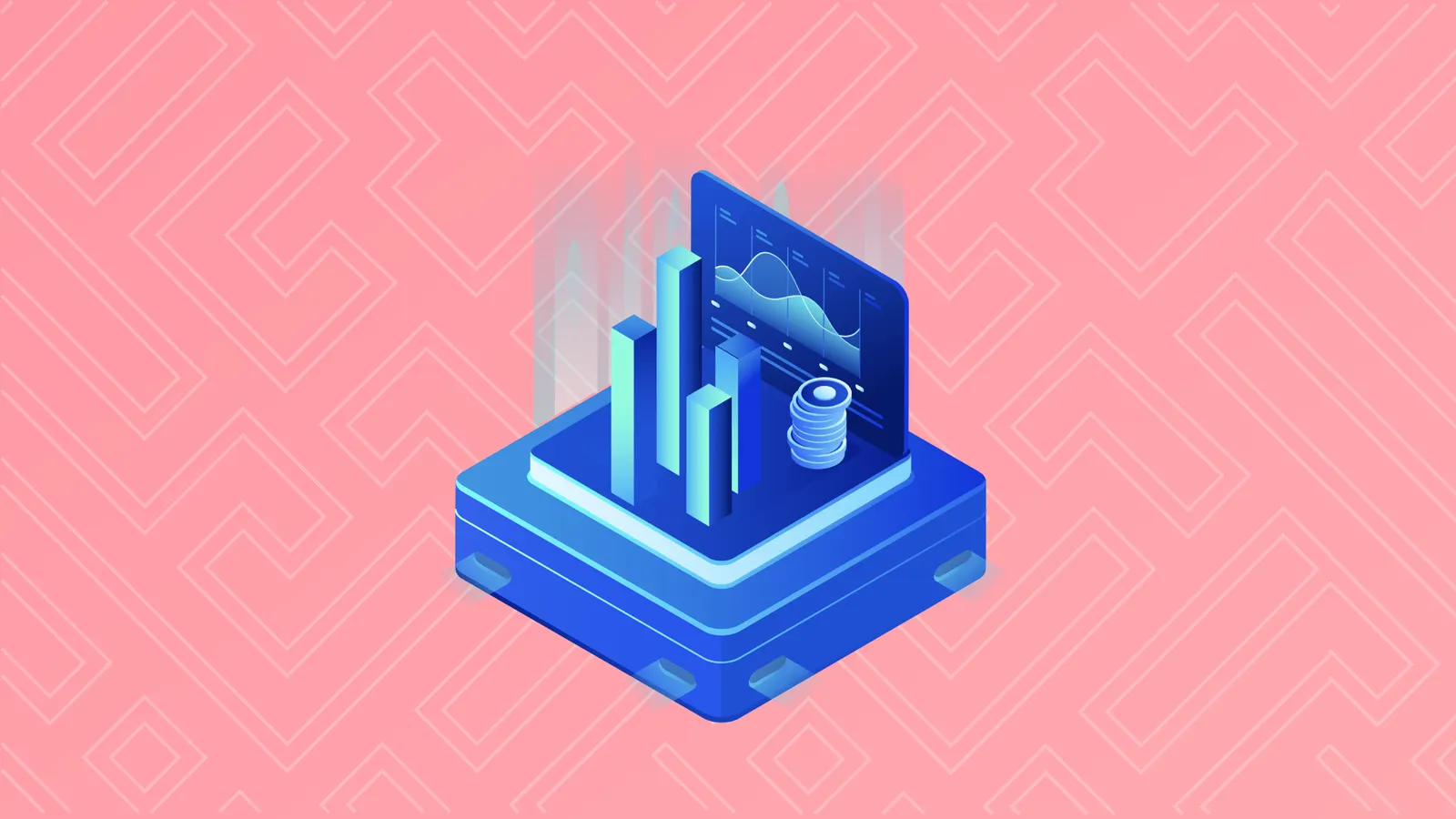In brief
- Polymarket is a decentralized prediction market built on the Ethereum and Polygon blockchain networks.
- It enables users to wager on the outcomes of events such as elections.
Decentralized prediction markets such as Polymarket have rapidly gained traction in recent years.
In the run-up to the 2024 U.S. Presidential election, they exploded into the mainstream, with media outlets like the Wall Street Journal and Newsweek reporting on Polymarket odds alongside traditional polls.
Polymarket is currently illegal to use in the U.S., though the preponderance of bets on U.S.-centric events such as the upcoming Presidential election suggest that its users take a keen interest in U.S. affairs. Like many sites, it can be accessed from around the world using a virtual private network (VPN).
So what is Polymarket, and how does its decentralized prediction market model differ from that of a conventional prediction market? Read on to find out.
What are prediction markets?
Prediction markets have existed in one form or another since the 16th century. They allow users to speculate and bet on the outcome of any future event—as long as someone has set up a market for it.
Users can bet on the outcome of sporting events, elections, legal cases, and anything with a clear or provable outcome. The core concept is very simple: if your prediction is right, you win money. If you’re wrong, you lose the money you used to place the bet.
The mechanics that underpin them are deceptively simple. The price of one “share” in a prediction market ranges from between $0.00 to $1, and its price correlates to its percentage chance of winning, or its “odds.”
For example, if a share for one candidate in an election costs 63 cents, that candidate has a 63% chance of winning, according to this specific market. If you want to bet on the outcome of the election, you’d buy shares of whichever candidate you think will win. When the election is over, the market will resolve, and the price will go to $1.00 per share for whichever candidate won. The lower the odds of something happening, the cheaper betting on it will become, and vice versa.
There are several different types of prediction market.
- Binary markets are markets with two options that will resolve to either $1 or 0 (yes, or no), such as "Will it rain on Monday of next week"?
- Categorial markets are markets with multiple options, such as “Who will win the U.S. Election in 2024?”
- Scalar markets are markets that resolve based on whether something is higher or lower than a specified bound, such as “Will the population of the U.S. be higher or lower than 333 million in its next census?”
When participating in a prediction market, you can sell your shares at any time. There’s no lockup period, and you aren’t required to wait until the event being speculated on has come to a conclusion.
Continuing with the election example, if you believed that one candidate was going to absolutely crush the other in an upcoming debate, you could buy that candidate’s tokens, expecting them to go up in price after the debate, and sell them once the debate concluded. The odds, and therefore the price of each share, are constantly changing in real-time, because they’re free markets, controlled only by the supply and demand of each share.
Similarly, when betting on a sporting event, the odds will likely change in real-time as the game progresses, and the score changes.
How do decentralized prediction markets work?
Polymarket is a decentralized prediction market, built atop the Ethereum and Polygon blockchain networks.
On Polymarket, and similar prediction markets like Augur and Gnosis, anyone can create a market. Creating a market refers to specifying an event for people to speculate on; for example, anyone could create a market right now for whether or not Decrypt will get more traffic this month than last, or a market for which celebrity meme coin will reach the highest market cap by the end of 2024.
Decentralized prediction markets utilize Automated Market Makers (AMMs) to provide liquidity for markets. Any user can provide liquidity for any market—as opposed to centralized prediction markets, where only the centralized market maker is responsible for providing all liquidity. Advocates of decentralized prediction markets highlight the fact that because they can take in liquidity from anywhere, they tend to have much liquidity than their alternatives.
Decentralized prediction markets use incentives to attract liquidity. People who put up liquidity for a market earn a percentage of each trade on that market.
Settling outcomes, or providing proof that a prediction market has come to an end with a specific result, differs slightly from platform to platform. For example, when a market is created on Augur a specified individual is nominated who is responsible for submitting proof of the outcome of that market. They can be challenged if the public believes that the outcome was wrongfully determined.
Polymarket uses a decentralized oracle called UMA—where anyone can submit proof of an outcome, and anyone can challenge it.
Decentralized prediction markets claim to be more efficient than their centralized counterparts because they lack intermediaries, and as a result have fewer fees. Their decentralized nature also allows for a higher degree of privacy than in traditional prediction markets, and they tend to operate using cryptocurrency as a means of payment, making them more accessible to players around the world.
That also means that decentralized prediction markets have thrown up challenges for regulators, since laws around gambling, securities and contracts differ between jurisdictions.
Their decentralized nature has not shielded crypto prediction markets from regulatory scrutiny, with a U.S. Commodity Futures Trading Commission (CFTC) spokesperson noting that, “offering or facilitating a product or activity by way of releasing code onto a blockchain does not absolve any entity or individual from complying with pertinent laws or CFTC regulations,” in response to a question about Augur. In 2022, Polymarket was hit with a $1.4 million fine by the CFTC, which accused the prediction market of letting people make bets without being registered.
Despite these setbacks, decentralized prediction markets are growing their user base, and tend to see increased traffic around big events such as the U.S. election or major sporting events.
Following the departure of Joe Biden from the 2024 U.S. Presidential race, for example, the amount riding on who would win the 2024 U.S. Presidential election shot to $318 million on Polymarket, while the market for who would be the Democratic nominee on Polymarket rose to over $211 million.
Polymarket is also making moves to attract mainstream users, adding support for credit and debit card payments, as well as Apple Pay and Google Pay, via MoonPay in July 2024.
As decentralized prediction markets gain in prominence, they’re also attracting increasing interest as part of the news cycle, with media outlets reporting on Polymarket odds alongside conventional polls. In July 2024, polling guru Nate Silver, the brains behind poll and data analysis site 538, joined Polymarket as an advisor—a measure of how far decentralized prediction markets have come.
However, like other polling and data analysis methods, Polymarket isn’t foolproof. In June 2024, bettors predicted a 61% chance that Donald Trump would mention Bitcoin during a debate with Joe Biden, which didn’t come to pass. And the site’s users also failed to successfully predict the outcome of the 2024 French election—though polls also dropped the ball on that occasion.
If you’re considering using decentralized prediction markets, don’t forget that they are risky—it’s gambling with more steps. Please be responsible and follow the laws in your jurisdiction!
Disclaimer
The views and opinions expressed by the author are for informational purposes only and do not constitute financial, investment, or other advice.






